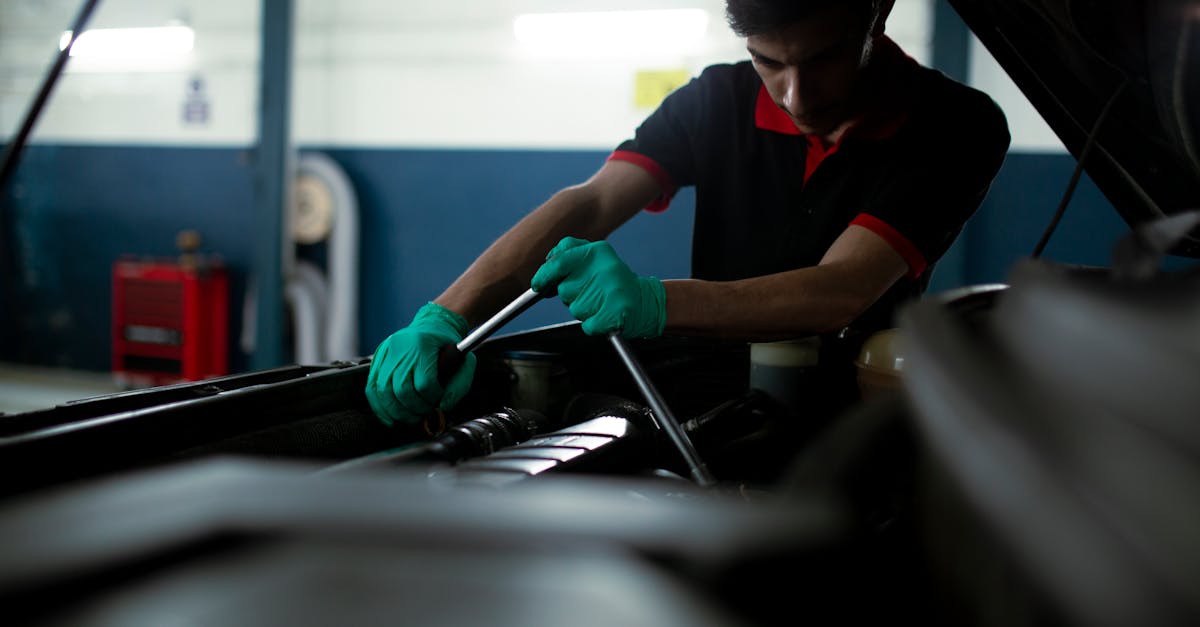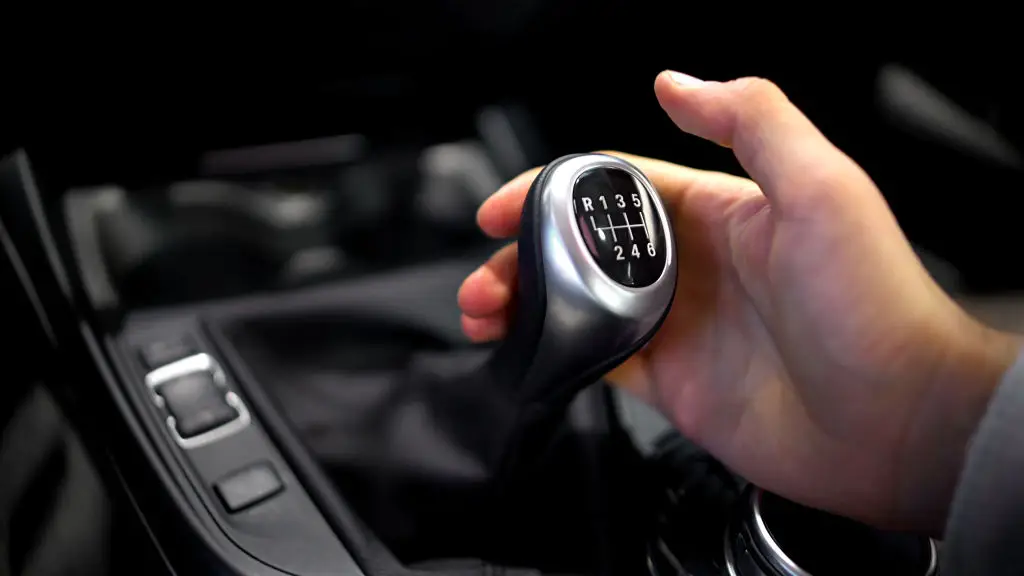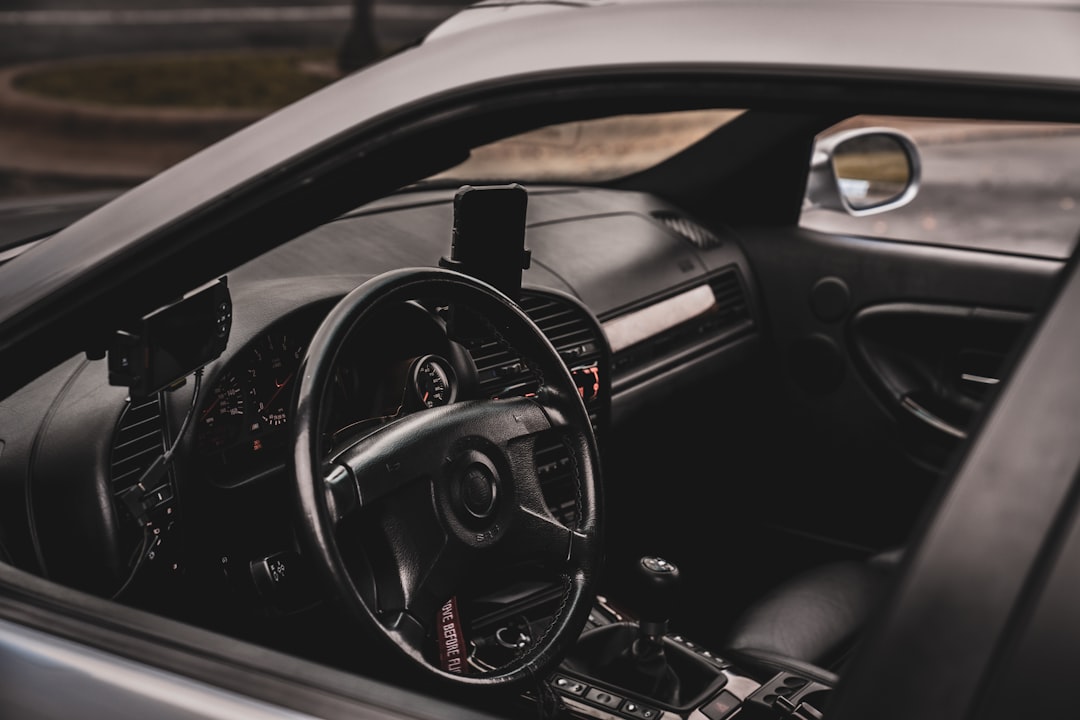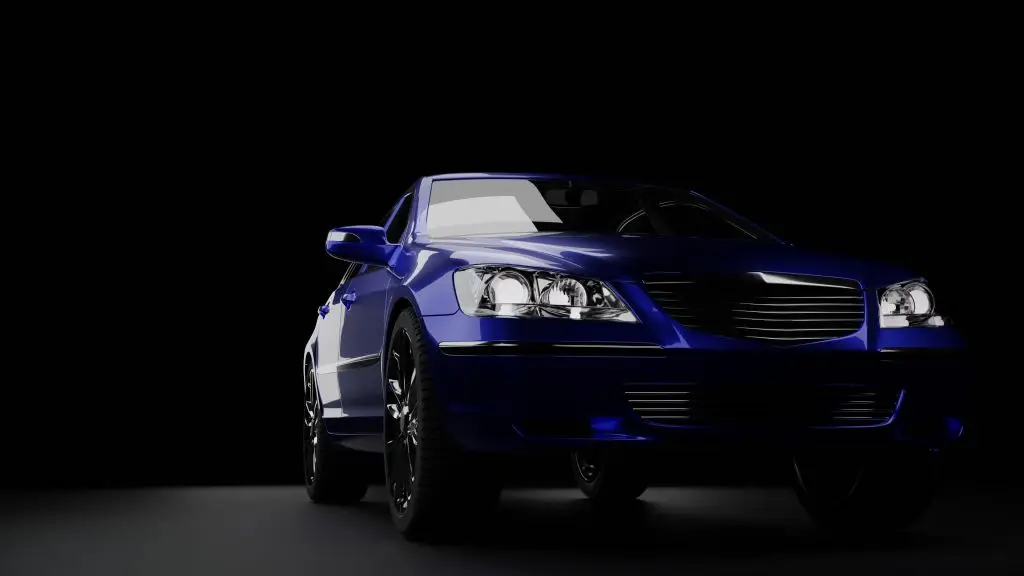10 Iconic Classic Cars That Defined Their Decades
The automobile has been more than just a means of transportation; it has been a symbol of innovation, culture, and progress. From the early days of horseless carriages to the sleek, sophisticated machines of today, cars have not only reflected the technological advancements of their times but have also influenced social and economic trends. This article embarks on a journey through time, highlighting 10 iconic classic cars that defined their respective decades. Each vehicle not only encapsulates the spirit of its era but also contributed to shaping the future of automotive design and engineering. Let's begin!
1. 1900s: The Ford Model T – Democratizing Mobility
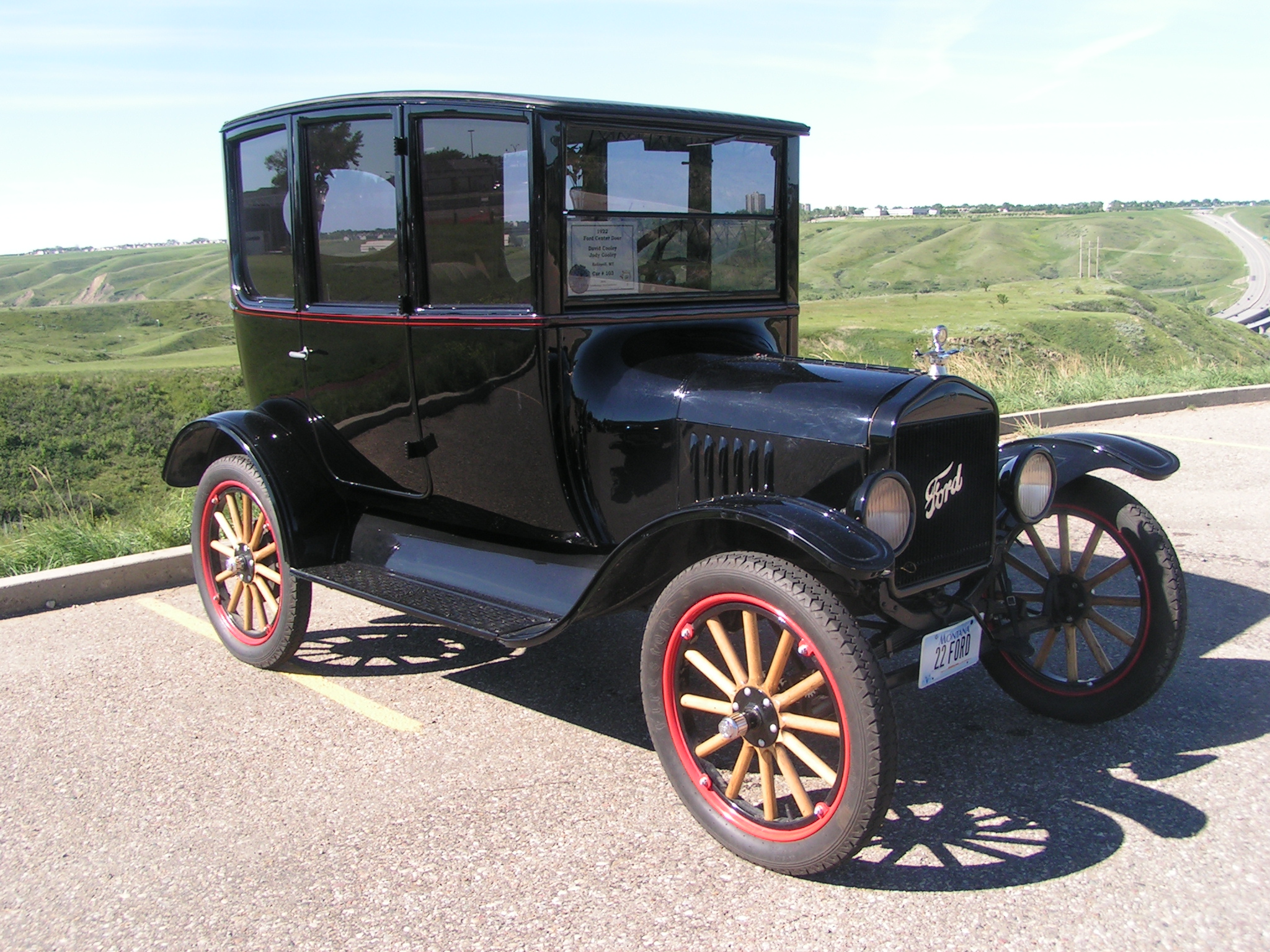
The Ford Model T, introduced in 1908, was a revolutionary vehicle that made car ownership accessible to the masses. Prior to the Model T, automobiles were largely a luxury for the wealthy. Henry Ford's innovative assembly line production drastically reduced manufacturing costs, allowing the Model T to be sold at an affordable price. This democratization of mobility not only changed the way people lived and worked but also laid the foundation for the modern automotive industry. The Model T's impact was profound, as it facilitated urbanization, transformed rural life, and set the stage for a car-centric society.
2. 1920s: The Duesenberg Model J – The Epitome of Luxury
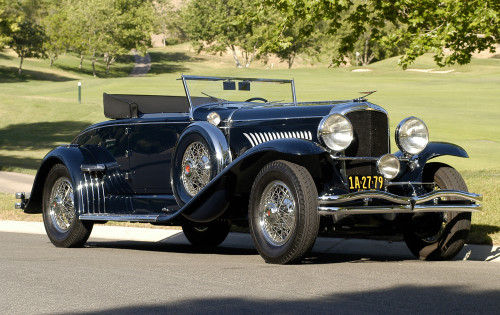
The Roaring Twenties was a decade of prosperity and extravagance, and no car captured this spirit better than the Duesenberg Model J. Launched in 1928, the Model J was the ultimate status symbol, boasting unparalleled luxury and performance. Its powerful engine and opulent design attracted the elite, including Hollywood stars and industrial magnates. The Duesenberg became synonymous with wealth and sophistication, influencing the design of luxury automobiles for decades to come. Its legacy is evident in today's high-end cars, which continue to prioritize a blend of power, elegance, and exclusivity.
3. 1930s: The Volkswagen Beetle – A People's Car
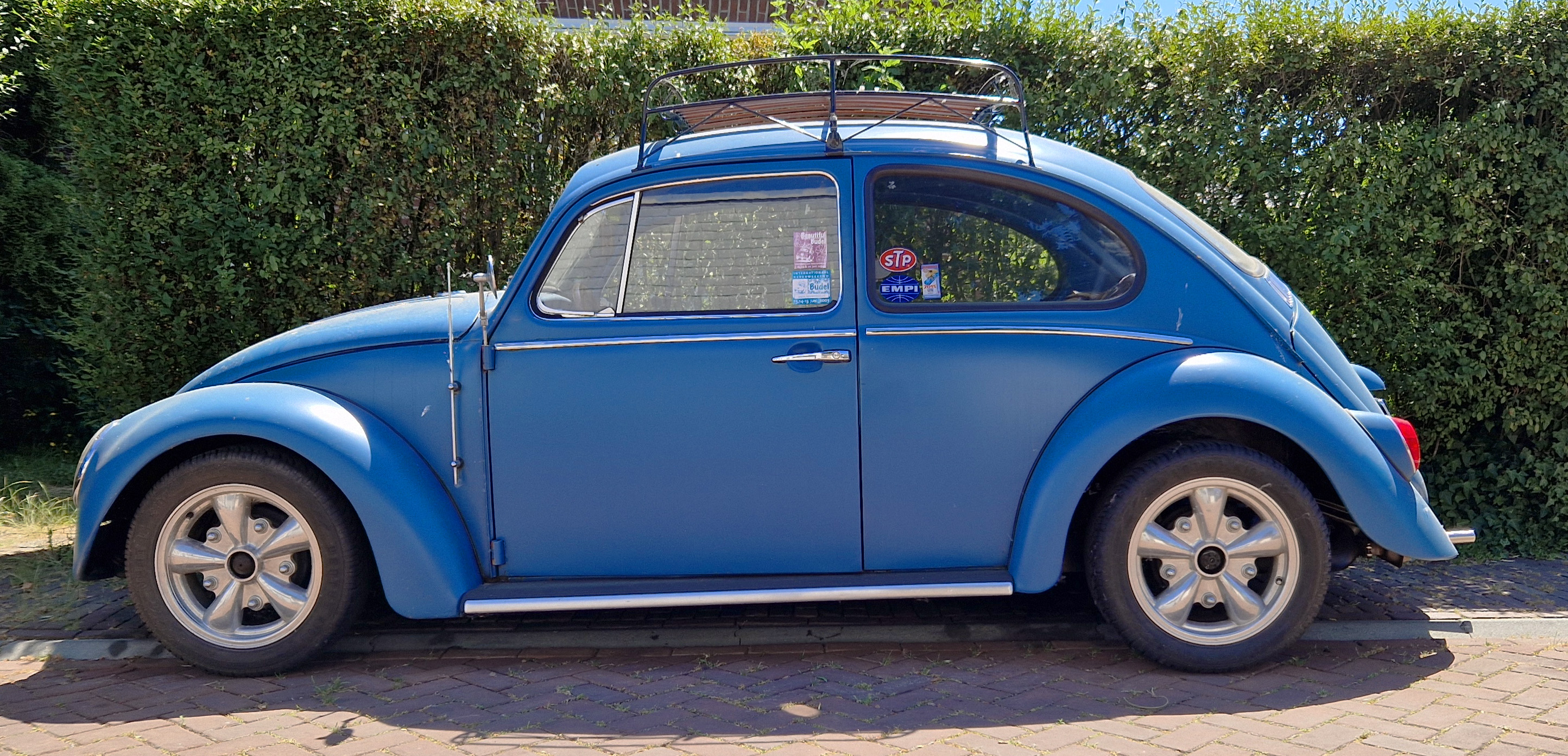
Conceived in the 1930s but gaining popularity in the post-war era, the Volkswagen Beetle was designed to be a simple, affordable car for the masses. Commissioned by Adolf Hitler and designed by Ferdinand Porsche, the Beetle became a symbol of practicality and reliability. Its distinctive shape and robust engineering made it a global icon, with production continuing for decades. The Beetle's success demonstrated the potential of a well-engineered, mass-market vehicle, influencing car design and manufacturing strategies worldwide. Its lasting popularity underscores the universal appeal of simplicity and functionality in automotive design.
4. 1950s: The Chevrolet Bel Air – The American Dream on Wheels
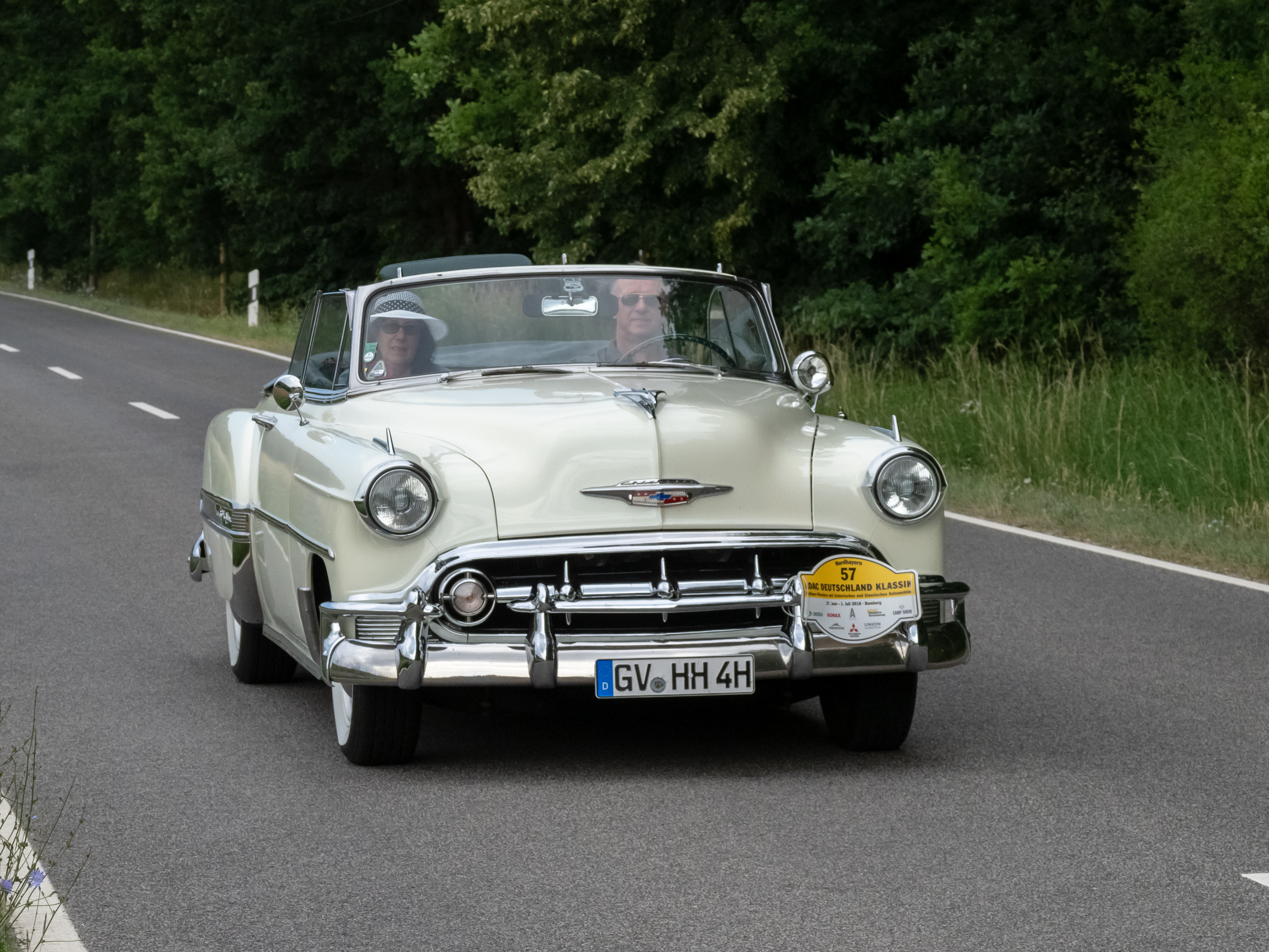
The 1950s were a time of optimism and prosperity in America, and the Chevrolet Bel Air captured the essence of the American Dream. With its bold styling, chrome accents, and powerful V8 engine, the Bel Air became a symbol of post-war affluence and aspiration. It was the car of choice for families and young drivers alike, embodying the era's fascination with speed, style, and innovation. The Bel Air's influence extended beyond the automotive industry, impacting popular culture and cementing its place as an icon of 1950s America.
5. 1960s: The Ford Mustang – Birth of the Pony Car
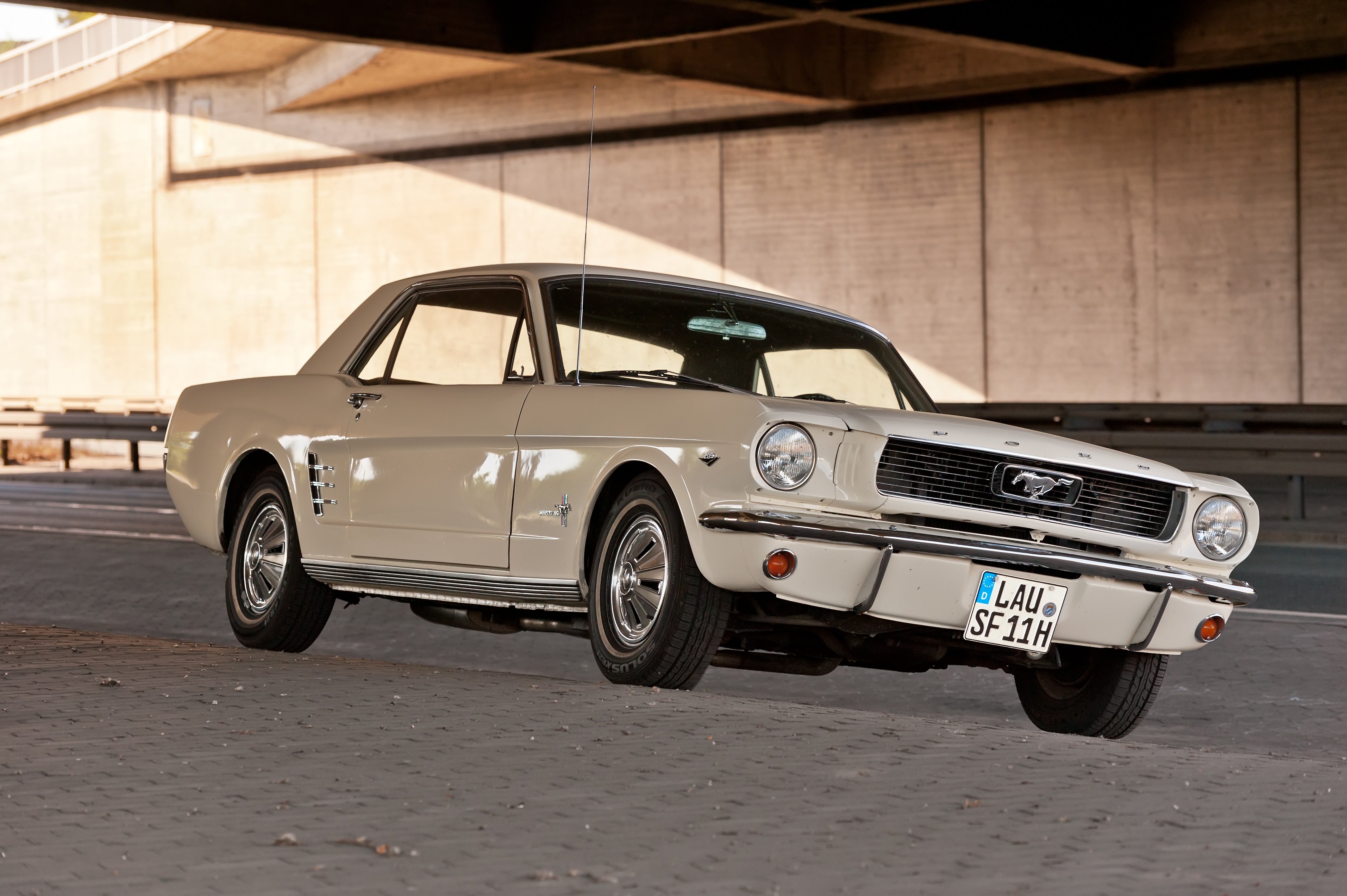
The 1960s was a decade of cultural revolution, and the Ford Mustang was right at the heart of it. Launched in 1964, the Mustang introduced the concept of the "pony car" – affordable, compact, and sporty. Its sleek design and impressive performance captured the imagination of a generation, making it an instant success. The Mustang's appeal lay in its ability to be customized, allowing owners to express their individuality. This car not only defined the automotive landscape of the 1960s but also sparked a new segment of the market that continues to thrive today.
6. 1970s: The Porsche 911 – Engineering Excellence
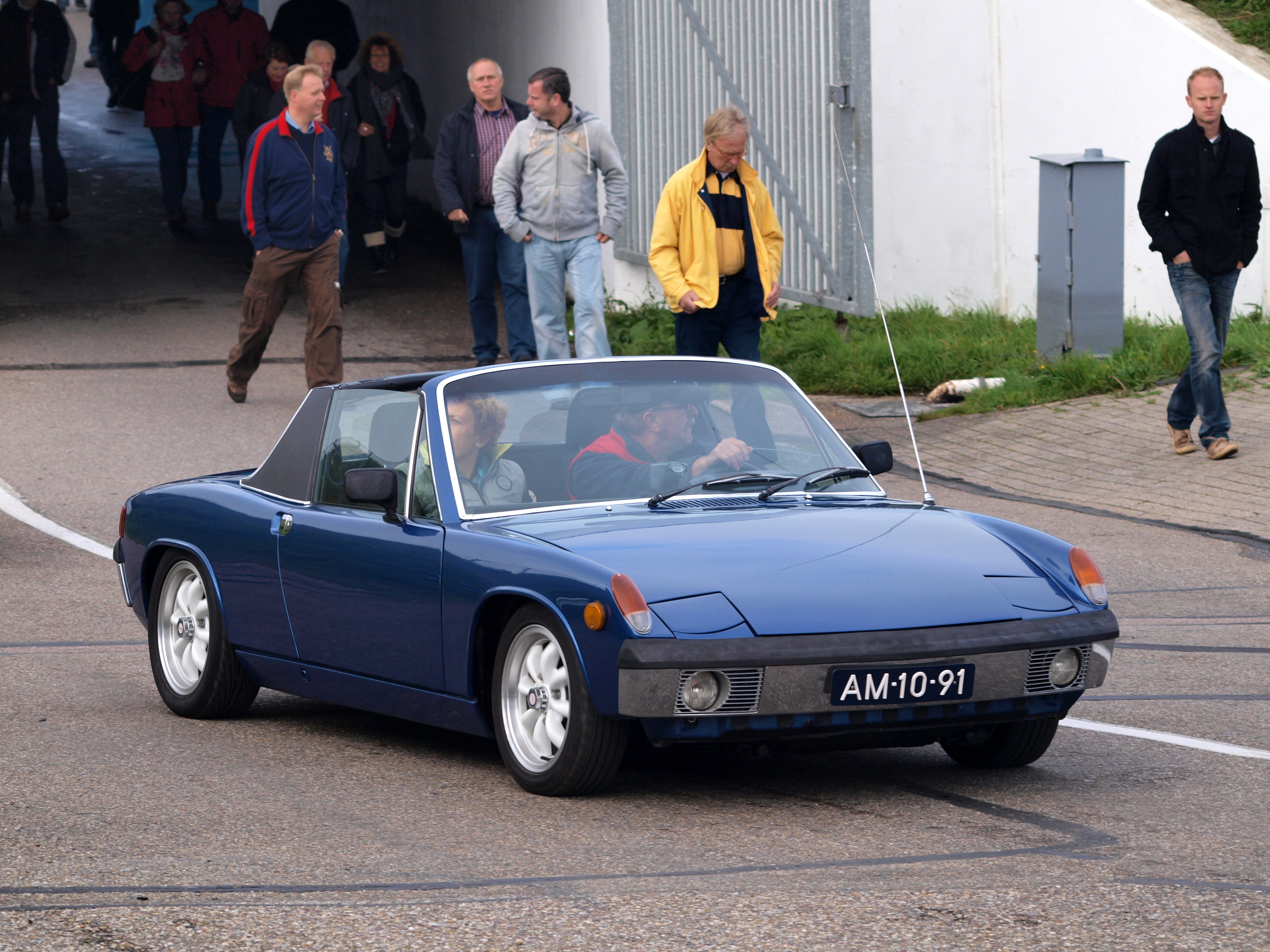
The Porsche 911, introduced in 1964 but gaining prominence in the 1970s, is a testament to engineering excellence and timeless design. Its distinctive shape and rear-engine layout set it apart from other sports cars, while its performance on the track cemented its reputation. The 911's evolution over the decades has maintained its core identity, making it a beloved icon among car enthusiasts. Its influence is evident in the continuous innovation within the sports car segment, where performance and design remain paramount. The Porsche 911's legacy is one of precision engineering and enduring appeal.
7. 1980s: The BMW E30 – The Ultimate Driving Machine
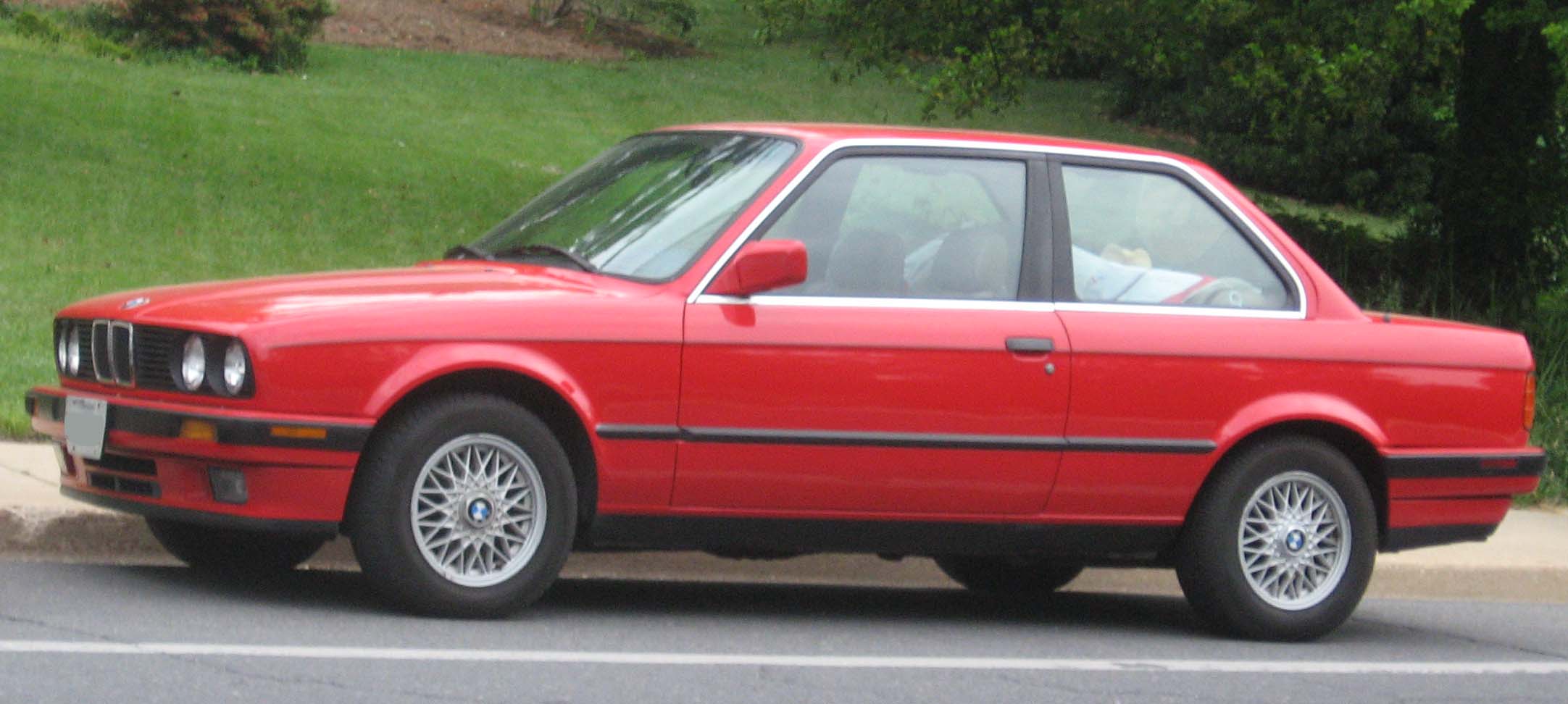
The 1980s saw the rise of the sports sedan, and the BMW E30 was at the forefront of this movement. Known for its exceptional handling and driving dynamics, the E30 embodied BMW's slogan, "The Ultimate Driving Machine." It offered a perfect blend of performance, luxury, and practicality, appealing to a wide range of drivers. The E30's success paved the way for future generations of sports sedans and solidified BMW's reputation as a leader in automotive engineering. Its influence is still felt today, as car manufacturers strive to balance performance with everyday usability.
8. 1990s: The Toyota Supra – A Legend is Born
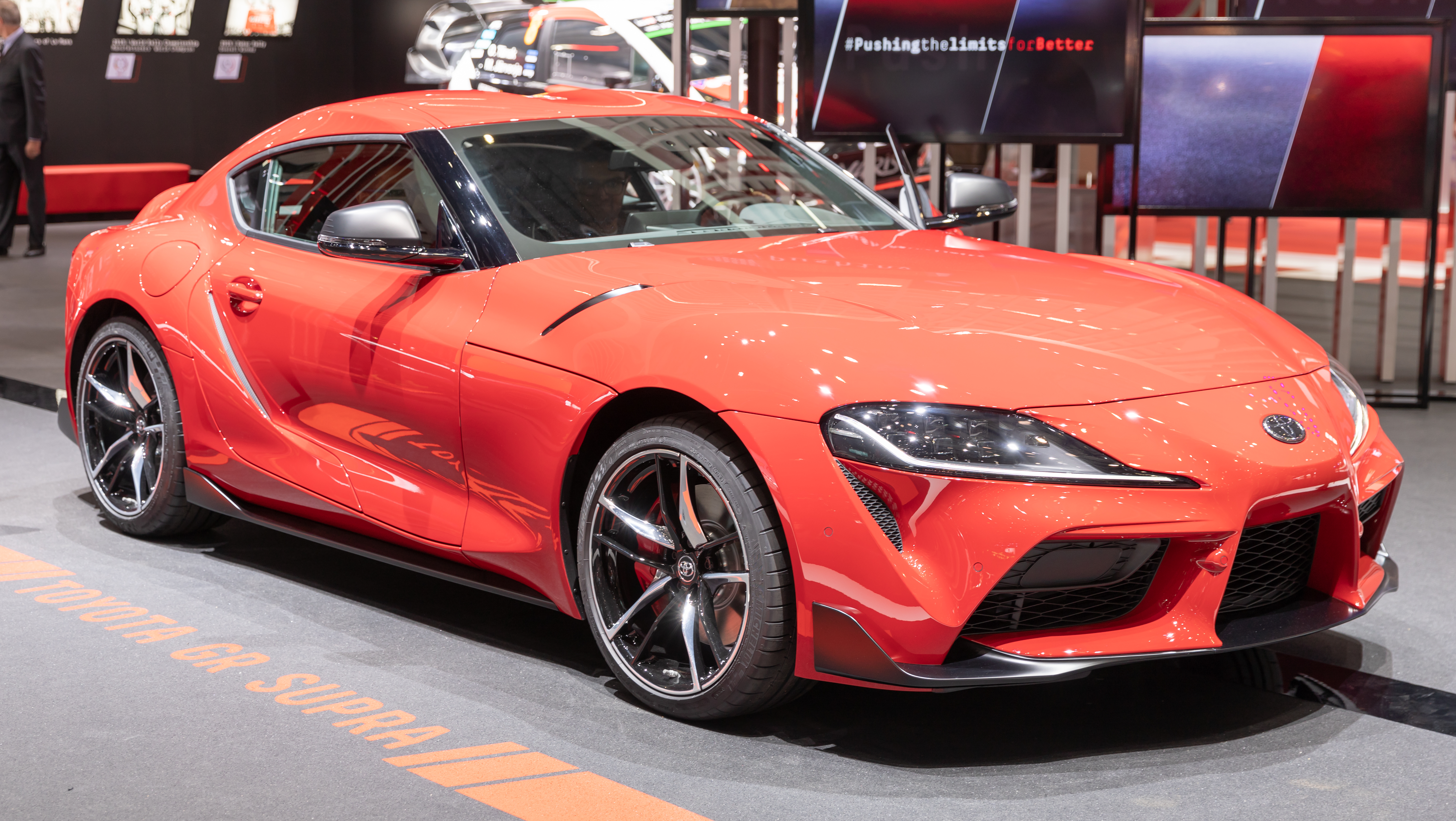
In the 1990s, the Toyota Supra emerged as a formidable contender in the world of high-performance sports cars. With its turbocharged engine and advanced technology, the Supra became a favorite among car enthusiasts and racers alike. Its appearance in popular media, particularly in the "Fast and Furious" franchise, cemented its status as a cultural icon. The Supra's blend of power, reliability, and style made it a benchmark for performance cars, influencing the design and engineering of future sports vehicles. Its legacy is one of innovation and enduring appeal.
9. 2000s: The Tesla Roadster – Electrifying the Future
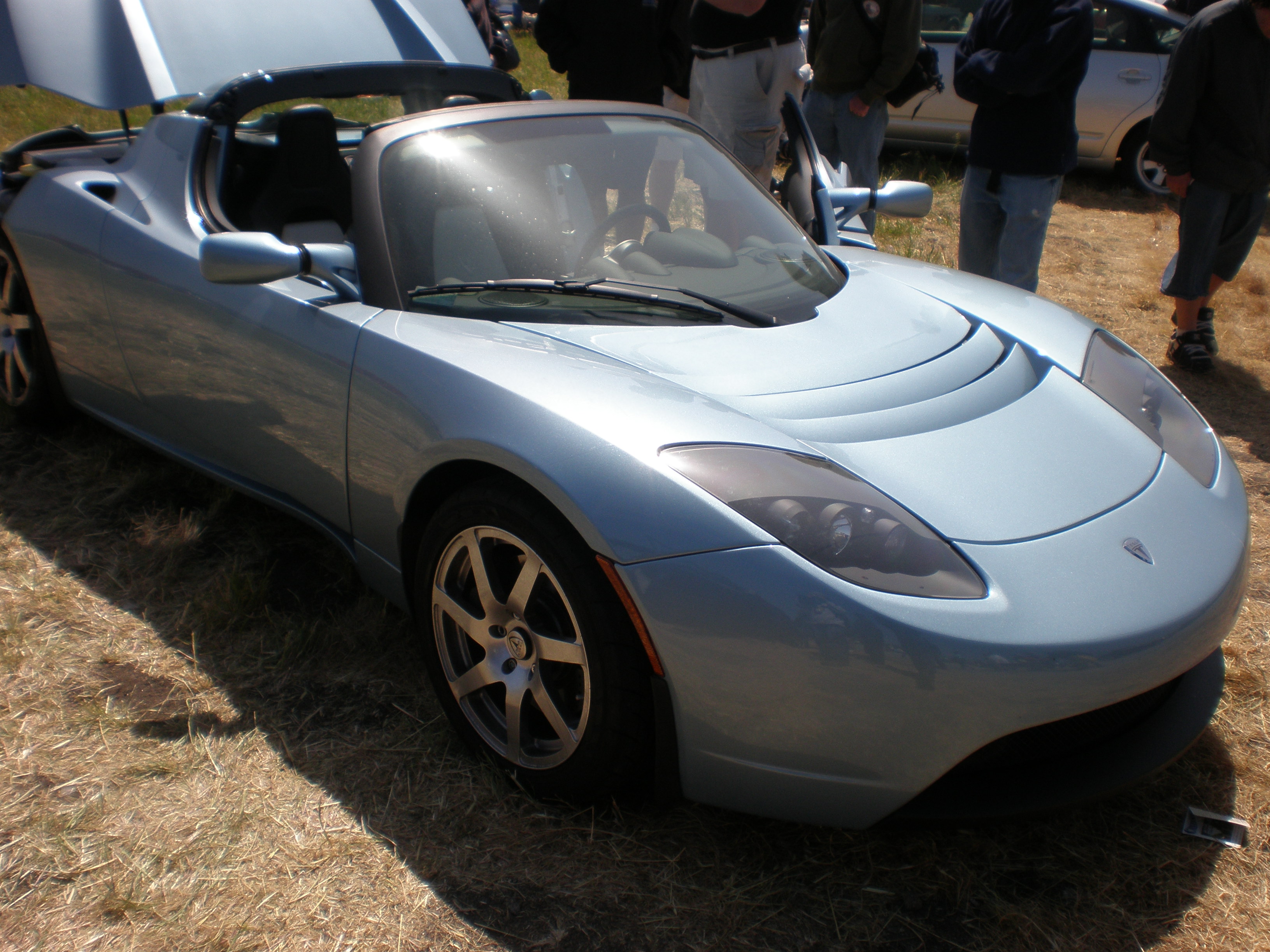
The Tesla Roadster, launched in 2008, marked a turning point in the automotive industry, proving that electric cars could be both practical and exciting. With its impressive range and acceleration, the Roadster challenged the perception of electric vehicles as slow and impractical. It laid the groundwork for Tesla's future success and sparked a revolution in sustainable transportation. The Roadster's impact is still felt today, as the automotive industry increasingly focuses on electric vehicles to address environmental concerns. It was a bold step towards a greener future, redefining what cars could be.
10. 2010s: The Nissan Leaf – Mainstreaming Electric Mobility
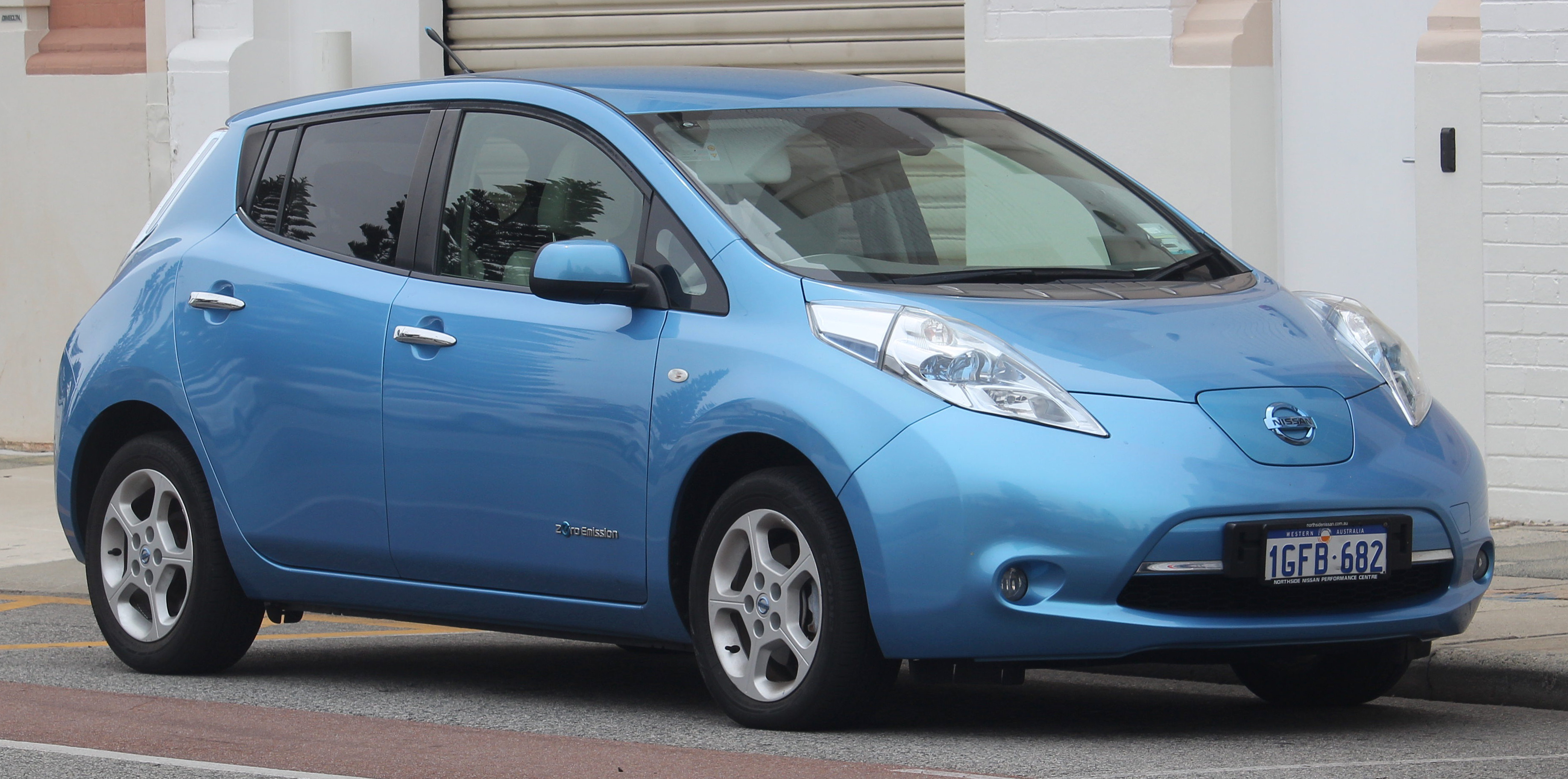
The Nissan Leaf, introduced in 2010, was the first mass-produced electric vehicle aimed at the average consumer. With its affordable price and practical design, the Leaf made electric mobility accessible to a wider audience. Its success demonstrated the viability of electric vehicles in the mainstream market, encouraging other manufacturers to develop their own electric models. The Leaf's impact on the industry was profound, as it helped pave the way for the widespread adoption of electric vehicles. Its legacy is one of innovation and environmental responsibility, shaping the future of transportation.
Engines of Change, Icons of Progress
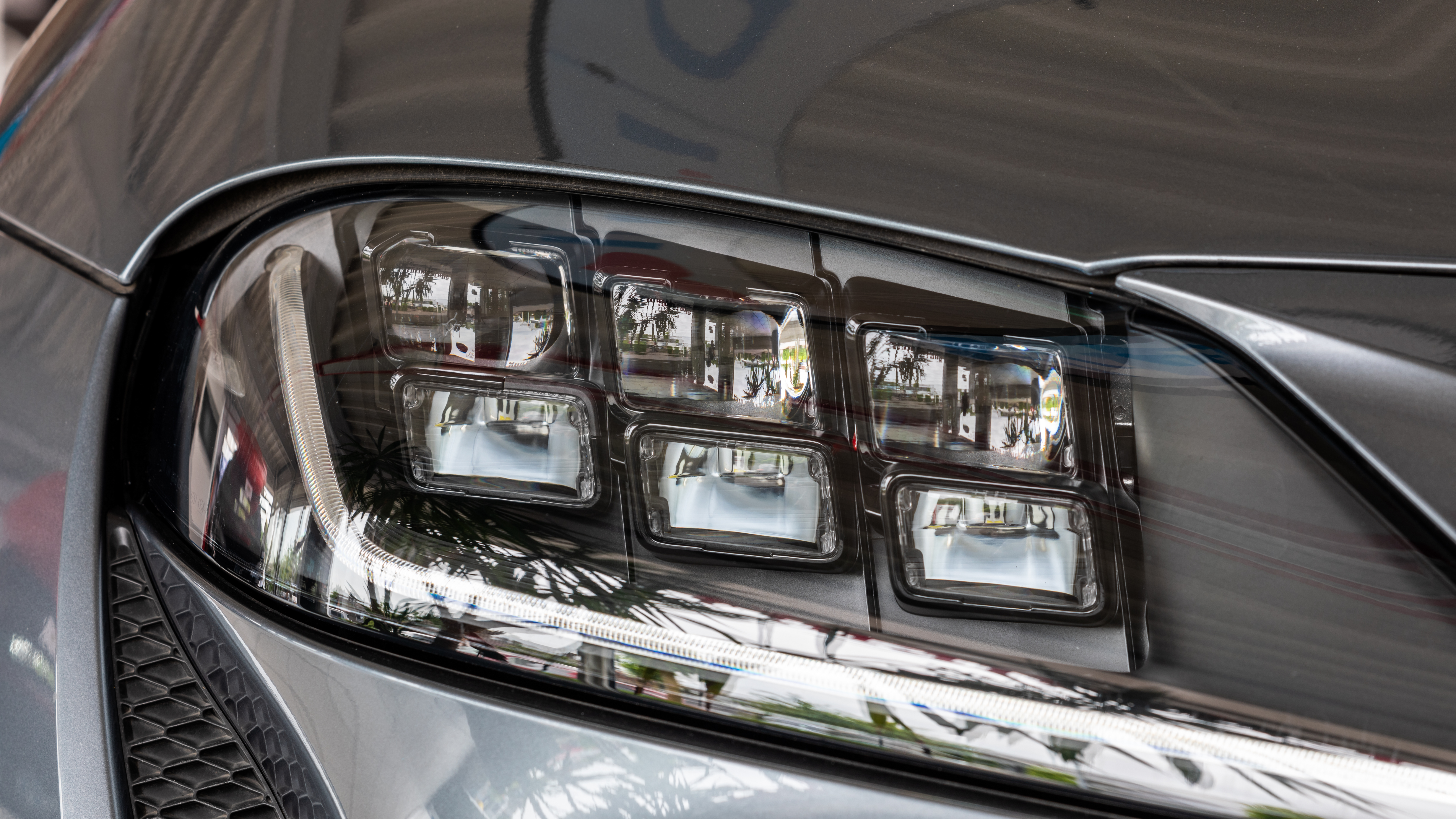
From the rattle of the Model T to the silent hum of the Nissan Leaf, these classic cars are more than mechanical milestones—they're cultural mirrors, reflecting who we were and where we dared to go. Each decade brought forth a machine that didn't just move people but moved history forward—one bold design, breakthrough engine, or rebellious spirit at a time. These cars tell stories of innovation, identity, and transformation. They weren’t just built—they were born into moments that demanded something new. As we look ahead to the future of mobility, these classics remind us that the road to progress is always paved by those who dare to reimagine what’s possible, one revolution at a time. The past may be parked, but its engines still echo—loud, proud, and eternal.

